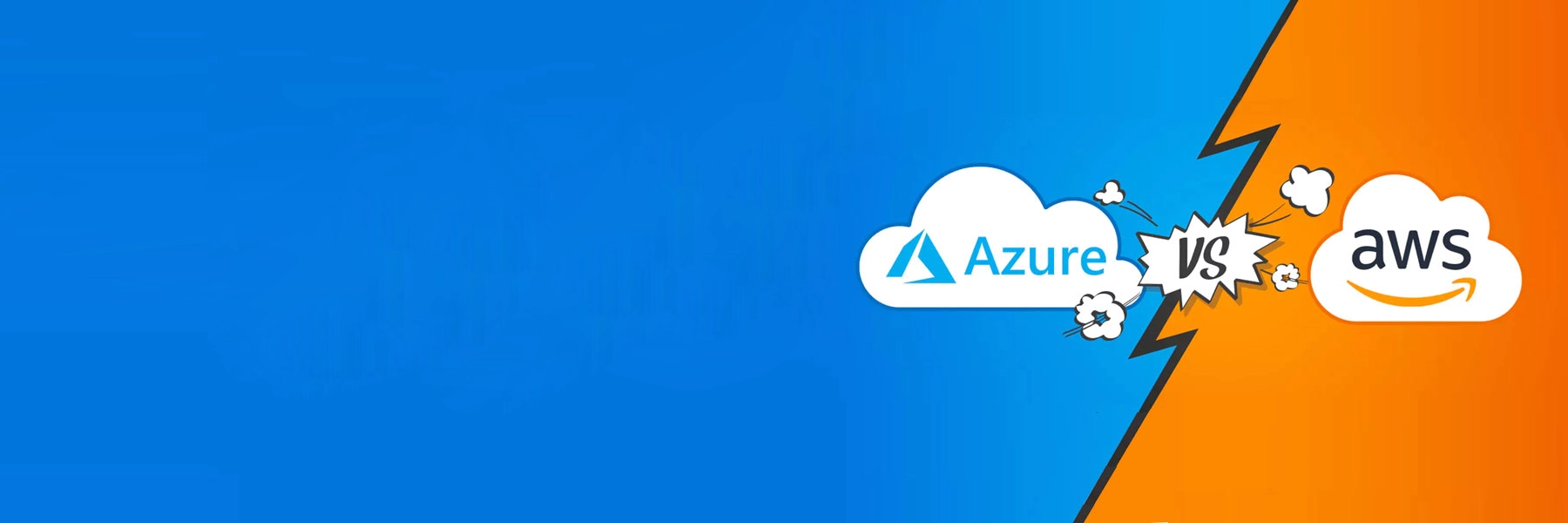Cloud Monitoring Services Comparison: Azure Monitor vs. AWS CloudWatch
21 October 2021
SafeAeon Inc.Introduction
Because almost every business in this world has an online presence today, the foremost thing you need is Cybersecurity to secure the organization's online presence. As more and more businesses opt for cloud infrastructures, their cloud infrastructure security cannot be taken for granted.
On the other side, Cloud monitoring is NOT a whole different concept but a part of cloud security and management. Let us dive deeper:-
Cloud monitoring: What is it and its benefits?
Defined, cloud monitoring (either manual or automated) keeps an eye on the performance of your servers, websites, and other cloud infrastructures. A continuous evaluation of your resources is the primary job of cloud monitoring to look out for possible vulnerabilities or issues.
Generally, this is carried by on-premises or third-party software requiring centralized access over the cloud infrastructure.
How can it be beneficial for your organization?
- No limit on the size of data to be monitored.
- Simple installation because of IAAS.
- Across the board visibility of user/device behavior at one place.
- Subscription-based hence low costs.
- Better Auditing for security compliances.
- Provides AI and ML advanced analytics.
And much more. We would instead need another article for this topic.
Well, I guess it was an excellent brief introduction to what cloud monitoring is. Now let's jump right into what is THE BIG DEBATE.
Over the last few years, these two cloud giants have been head-to-head delivering fast and reliable services. Multiple organizations continuously switch their service providers day in day out depending on their needs and other variables.
When it comes to cloud monitoring, they both provide in-built ML-based, highly accurate tools. Those are:
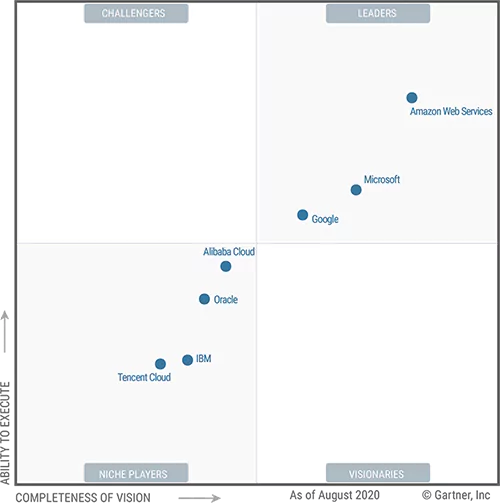
- Azure monitor by Azure
- CloudWatch by AWS (Amazon Web Services)
While there are many aspects of comparison, discussing each one would need a book to be written, which would probably get outdated before you finish reading it!
Let's get on with the differences that MATTER!
The High-Level Views.
Azure Monitor
The primary responsibilities consist of collecting data from multiple endpoints, OS, Azure resources, applications, etc., in the form of logs and metrics.
The collected data is further processed to execute functions such as automation, alerting, and visualization.
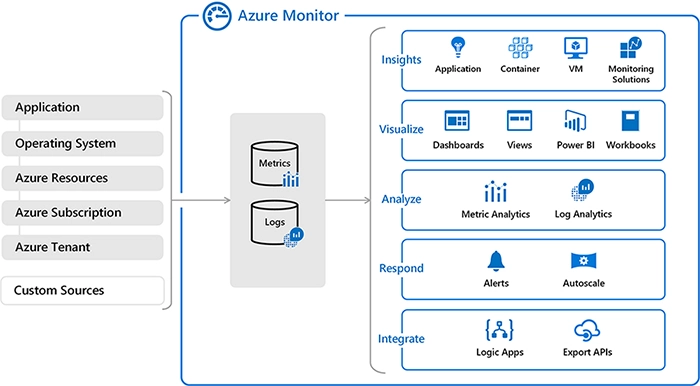
AWS CloudWatch
A high-level view displaying the working of Azure Monitor (Source: Microsoft) Source: AWS
AWS CloudWatch consists of 3 primary components: -
- Storage
- CloudWatch Alarms
- Analytics and visualization engine.
CloudWatch can serve as your metrics repository, which can hold your metrics data delivered to it and further work on it through alarms and analytics. External data source metrics can also be easily ingested here and further analyzed.
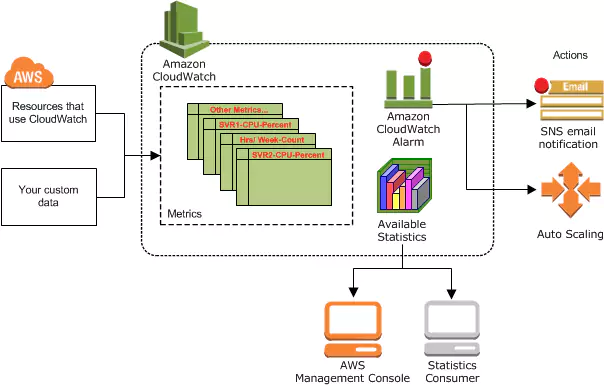
Performance.
Azure Monitor
Azure Monitor's target data sources are different OS, Azure subscriptions, resources, and tenants. The nature of the data source will define the data type, which can be of 2 types—a metric or a log (or a combination of both). Azure Monitor provides its users with complete control and observability into their cloud and on-premises infrastructure. The collected user data is then analyzed, which further optimizes the cost and performance.
- Metric- Timestamp
- Log-Details about a specific event.
- Azure Application exclusively uses Machine learning algorithms to co-relate metrics and logs for better performance.
- Azure Monitor's Log Analytics service lets users utilize queries for comparing logs to provide a comprehensive perspective of your environment.
- Personal and Shared dashboards.
- Personalized refresh rate for multiple graphs/dashboards.
- Visualization pinning across the whole console.
- A dashboard for various groups- such as an API and a web service,
- Re-usable graphs.
- Better root cause analysis than Azure.
- Datadog
- Site24x7
- Application Insights
- Splunk
- CloudMonix
- NetApp Cloud Insights
- SolarWinds AppOptics
- Zenoss ZenPack
- Zabbix
- SolarWinds Papertrail
AWS CloudWatch
Amazon CloudWatch has the same roots as Azure Monitor. The built-in monitoring service for AWS provides users with an integrated view of their AWS resources, applications, and services that primarily run-on AWS servers.
CloudWatch also uses log and metric data to extract and deliver real-time insights into applications and infrastructure resources, and like Azure Monitor, this includes microservices and containers.
What makes AWS unique is their complex set of rules that use 'AWS Lambda' functions to monitor your code, number of API requests, etc. Customers can thoroughly use this for testing applications.
CloudWatch can send specifically configured logs from non-AWS servers as well to provide granular insight into your infrastructure.
Is Automation the future?
Azure Monitor
Azure Monitor facilitates dynamic monitoring for any hurdles in your environment based on specific rulesets you create. They can further be applied to anywhere across the data available on your console. These rules go hand in hand with the system admin, as admins can use them to pre-set alarms in your cloud infrastructure.
What are application load rules? Azure Monitor can dynamically add or remove resources based on the load capacity. It uses data from metrics and logs to detect idle resources. Admins can effortlessly create a logic/rule on when and how to remove the resources OR min and max number of resources allowed.
AWS CloudWatch
Amazon CloudWatch heavily depends on Automation. Its priority is to reduce the resolution time of an incident that is detected. Reducing resolution time eventually helps large-scale cloud infrastructures with quick detection, notification, and optimization.
What are CloudWatch Alarms? CloudWatch alarms monitor user-specified events. Users are offered to set an 'alarm' on metrics, such as CPU, which is alarmed to set off when it reaches a specific value. What is autoscaling? Autoscaling is an automated response to an alarm that the user can set. If your metric reaches a certain threshold, you can auto-scale your infrastructure to a better-optimized condition.
CloudWatch also offers to stream log data to ElasticSearch.
Data visualization
Azure Monitor
Key points:
Source: Microsoft
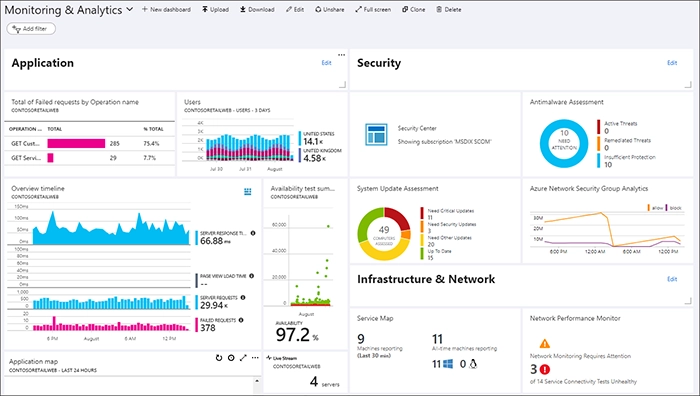
AWS CloudWatch
Key points:
Source: AWS
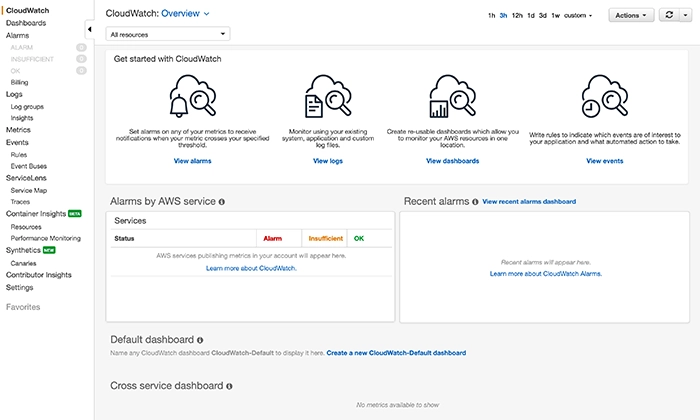
What about 3rd party integrations?
Most of the businesses require compliance auditing, which can be easily carried out using 3rd party integrations.
Azure monitor
With the help of “Azure Event Hub” streaming of Azure monitor’s data to SIEM and other monitoring tools is easy using event ingestion capabilities.
Top 5 Azure Monitoring Tools:
AWS CloudWatch
With the help of third-party AWS monitoring tools, you can see outside the network boundary. We can measure performance this way to see the complete picture of the environment that is being monitored.
Top 5 AWS Monitoring Tools:
Pricing—Stay within your budget!
One of the essential advantages of the cloud is that you only pay for what you use. If you do not give much attention, you could be paying for unused resources in your environment.
Azure Monitor
Azure Monitor is billed by data retention, ingestion and export, web tests, platform logs, metrics, rules, and much more. You can check out the official website for prices according to the needs of your organization.
AWS CloudWatch
Just like Azure monitor, CloudWatch also provides monitoring standard metrics and logs for free. You are billed to pay for metrics, dashboards, alarms, events, etc. Visit the official website for more.
Conclusion: What would you choose?
When comparing both heavyweights in the cloud industry, they provide sensational features and services. It is not easy to compare them as it strictly relies on organizational needs.
A company working on the Microsoft Stack will go for Azure monitor, and the same goes for AWS CloudWatch.
On the other side, a fact-based report from Cloudhealthtech.com suggests that most organizations go for a hybrid approach using a combination of these two.
CloudWatch excessively focuses on Automation while Azure Monitor global health metrics performance is at par.
Both offer excellent support for 3rd party integrations. What would you choose? —IT DEPENDS.
